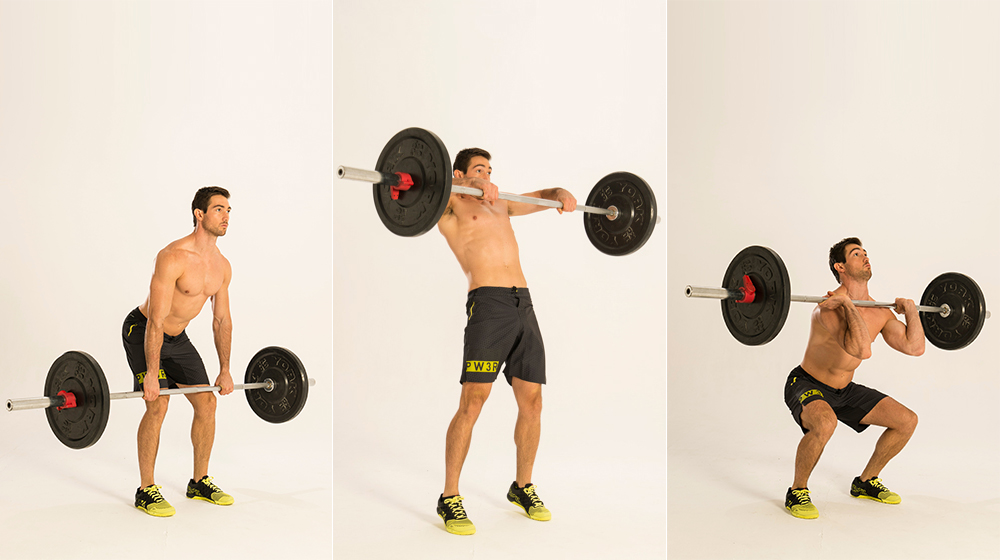Day-to-day activities and most sports require our upper bodies to move against little external resistance. Whether it’s throwing, making a tackle on the field, or performing a golf swing, we need adequate mobility in our shoulders.
The shoulder is one of the most mobile joints in our body. However, it sacrifices stability for this needed mobility. In this article, we will explore the concept of shoulder dislocation and subluxation, as well as the factors that contribute to shoulder stability, and the rehabilitation for shoulder instability.
The Difference Between Dislocation and Subluxation:
Dislocation is when a joint is forced out of its resting position, and remains dislodged.
Subluxation is when a joint momentarily slides out of its resting position, but quickly moves back into place. Subluxation may occur after a previous dislocation or may progress to a dislocation.
You may have subluxed your shoulder if:
- You fell and had your arm fully outstretched behind you.
- You feel your shoulder moving in and out of the joint while walking or performing light activities.
- Your arm feels weak when you try to lift it up above your shoulders.
- You have sharp pain in your shoulder when throwing or reaching out sideways.
5 Reasons Your Shoulder Doesn’t Dislocate:
- The shoulder socket is normally angled upwards, providing a supporting ledge for the arm bone.
- The cartilage ring deepens the surface area of contact so that the arm bone has a more supportive surface to rest on.
- Ligaments surround the entire joint from top to bottom and front to back. Like elastic bands, they’re extremely strong and help prevent any excessive movement between the arm bone and the socket.
- A thin layer of fluid exists between the arm bone and the socket which creates a vacuuming effect between the two bones.
- The rotator cuff muscle maximizes joint compression by keeping the arm bone centered into the socket.
Shoulder dislocations can damage any of the above components leading to a decrease in activity, and resulting in chronic instability.
How to rehabilitate an unstable shoulder:
- Regain strength and control of the shoulder blade in order to achieve an optimal resting position.
- Restore functional strength of the rotator cuff.
- Perform postural exercises to maintain proper positioning of the scapula.
If conservative treatment fails, surgical intervention is sometimes required for traumatic shoulder instabilities.
If you’re experincing any shoulder pain, SEMI’s physiotherapists have got your back.
Sports & Exercise Medicine Institute is the leading sports medicine, physiotherapy, and chiropractic clinic in the Greater Toronto Area. We offer expert diagnoses, a variety of treatment options, and high-quality care. Click here to learn more about the services we offer, or contact us to schedule an appointment.






